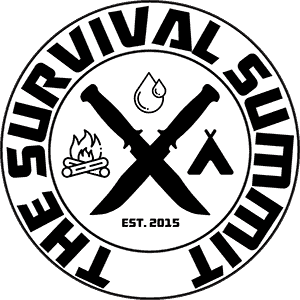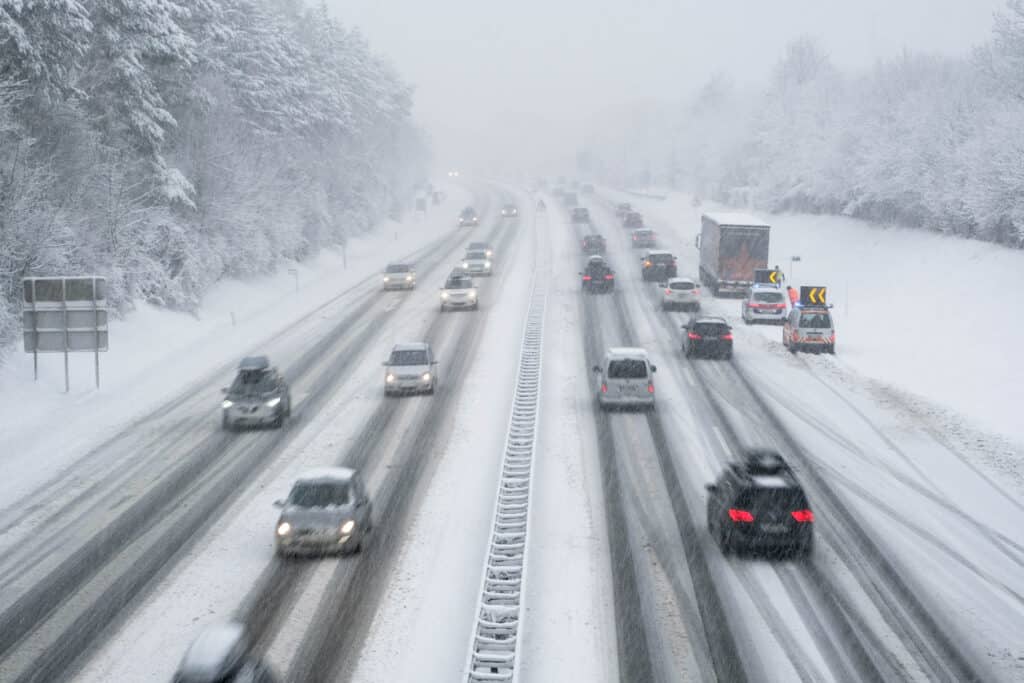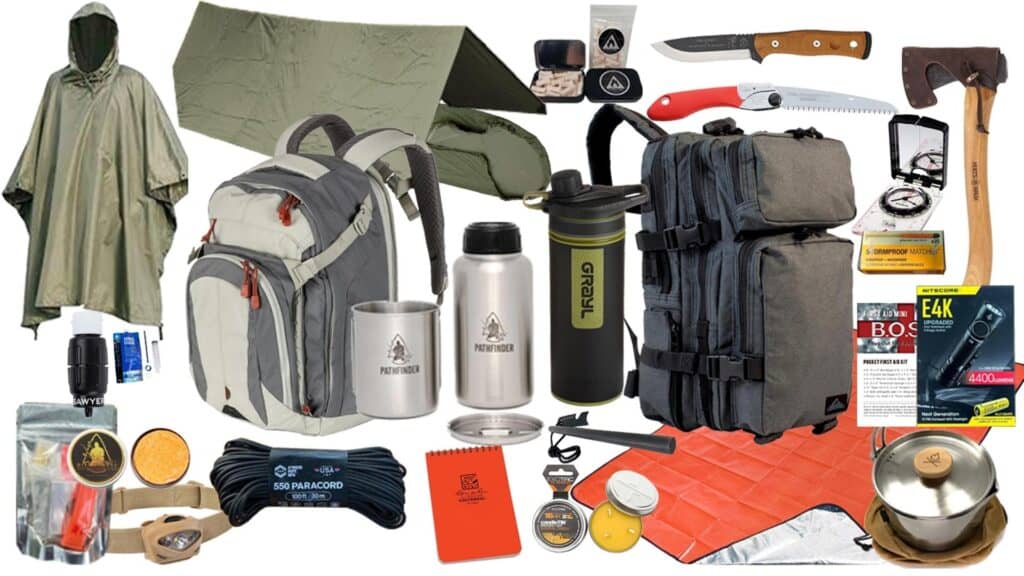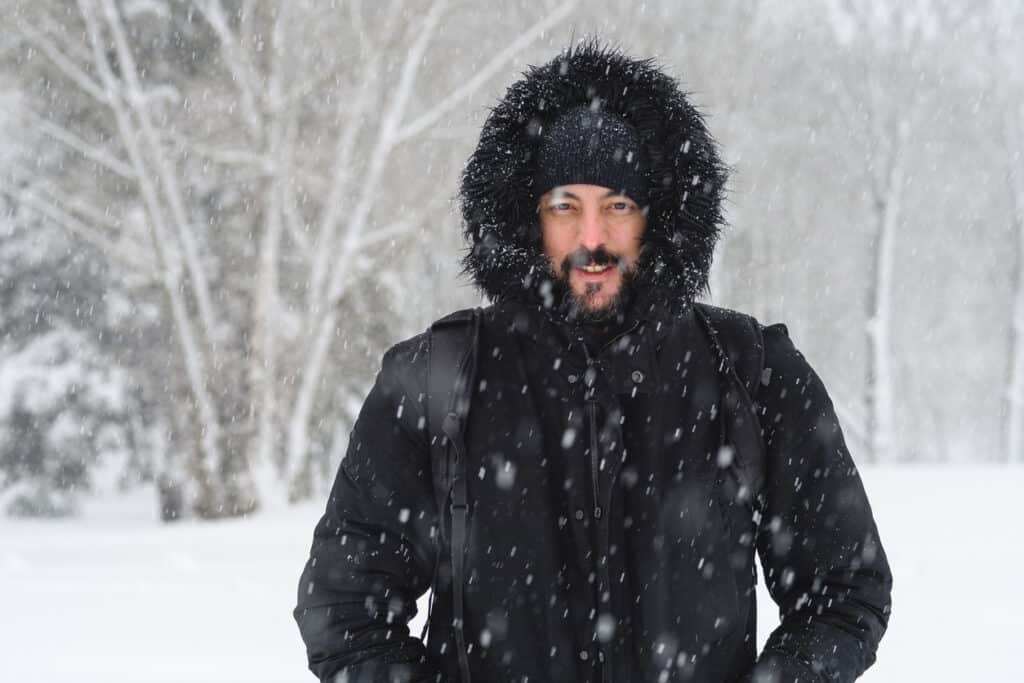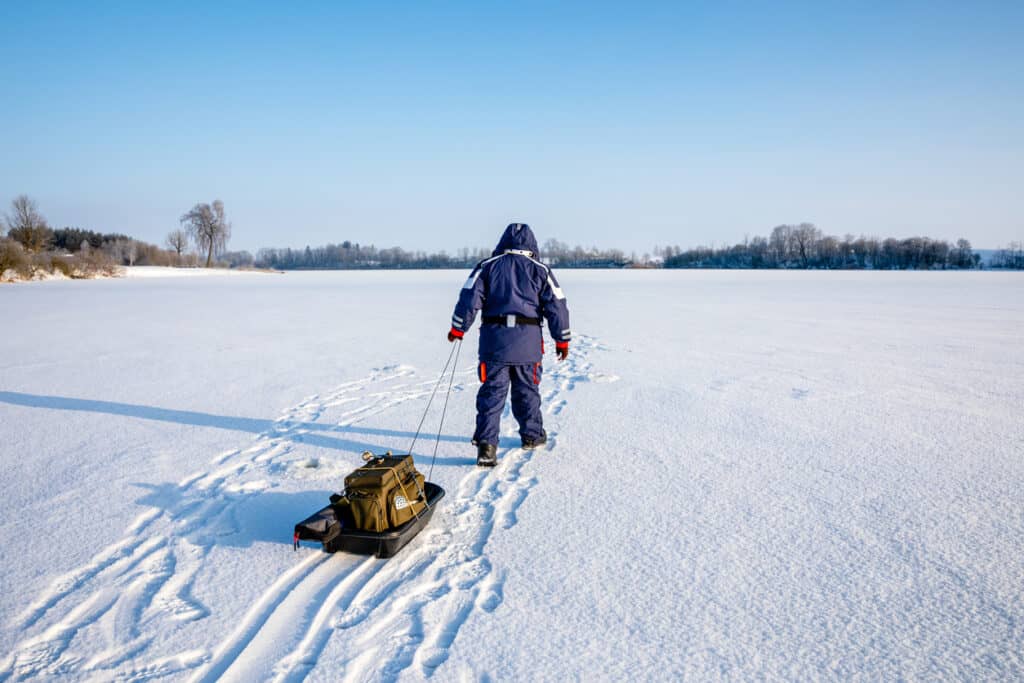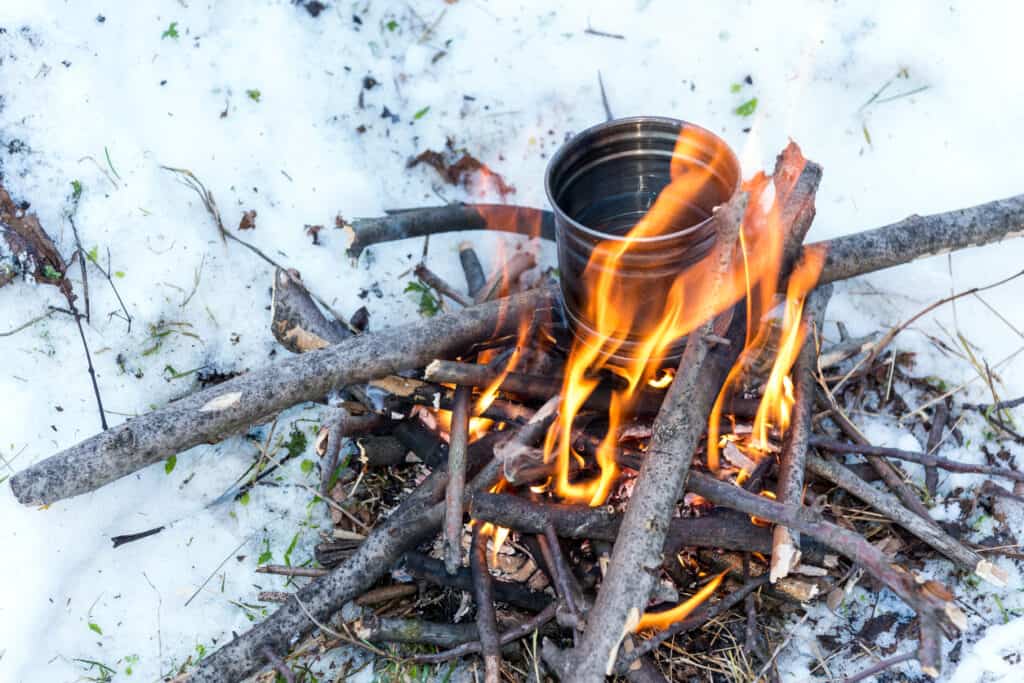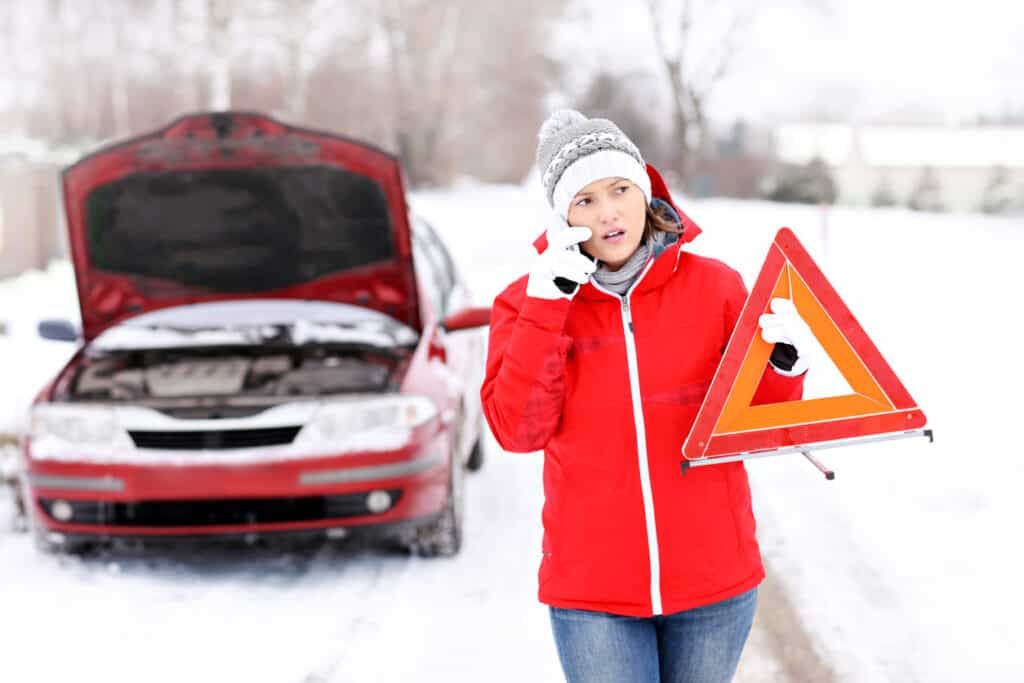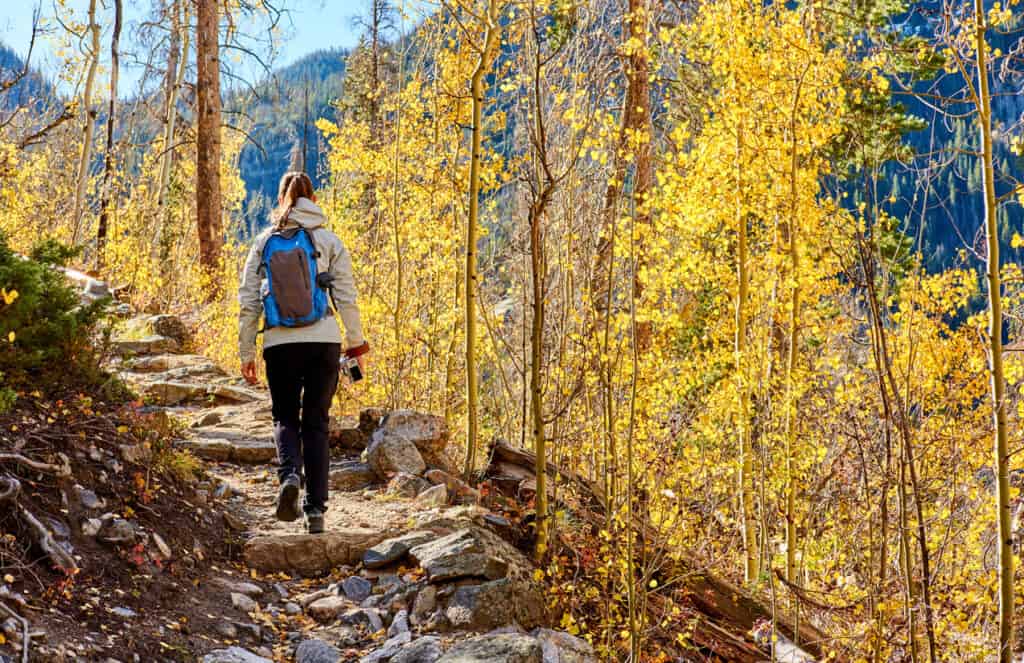Winter Preparedness Vehicle Kit
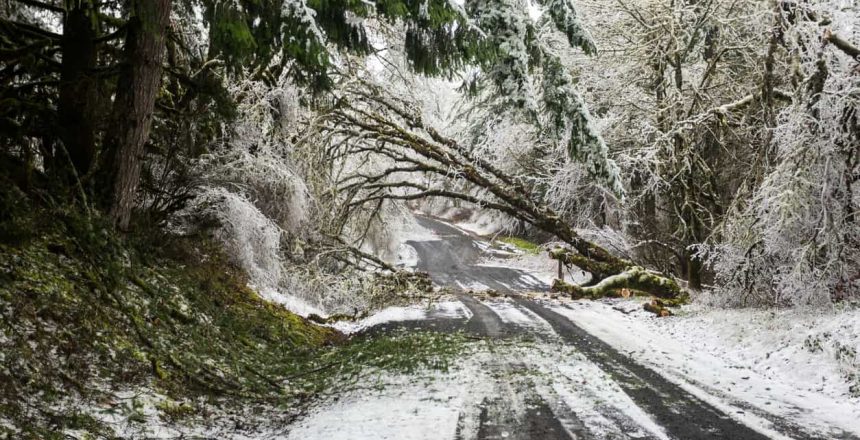
Winter Preparedness Vehicle Kit
Updated 2/2/23
If you haven’t already updated your vehicle kit or supplemental packs for the Winter, assuming you live in an area with a colder climate, this blog will go through what we recommend in a Winter Vehicle kit.
Basic Winter items
- Ice fishing sled to carry gear
- Queen sized wool blanket
- High Quality Winter boots
- Wool Hat and/or balaclava
- Insulated gloves or mittens
- Polypropylene bottoms and top
- Quality Winter jacket and pants
- Folding Shovel
- Sleeping bag rated for negative temps
- Snowshoes
You’re also going to want to have your main “bug out” bag in your vehicle as well, which we highly recommend you take with you everywhere you go in case of an emergency. So make sure you have a bugout bag packed and ready to go in case of Emergency! If you’re headed home, depending on the situation, you never know how long it may take you to get home. If you end up stranded by a natural disaster such as a flood or fire that destroys your home, you don’t know how long it might be before you are rescued, so always have that bug out bag ready to go.
Remember, “bugging out” DOES NOT mean your going to live in the woods. It simply means that your getting “off the X”, or out of a bad situation and finding a safer location, Or that you’re just trying to get home after being stranded. Don’t fall into the narrow minded thinking that you are being extreme by carrying a bag packed with life-sustaining gear with you wherever you go. It’s better to have it and not need it than to need it and not have it.
Main Bug Out Bag Components
Backpacks:
Fire
- Supplemental Fire Kits – FIRE BOSS KIT
- BIC Lighter
- Fresnel Lens
- Kraftig 5” or 8” Ferro Rod
- Exotac Beeswax Candles
- Fatwood (or other ready to go tinder)
- Mini Inferno
- TSS Fire Tabs
Shelter
- Supplemental Shelter Kit – Shelter BOSS Kit
- MIL-TEC Poncho (2 can make a shelter)
- 100% Virgin Wool Blanket(s)
- All Season Blanket and Tarp
- Snugpak Stasha G2 Shelter
- Snugpak SF Bivvi
- MIL-TEC Hollowfiber Mummy Sleeping Bag
- Poncho Liner, A.K.A. The “Woobie”
- Paracord 100’
- #36 Bank Line
Water
- Supplemental Water Kit – Water BOSS Kit
- Pathfinder Single Wall Stainless Steel Bottle & Cup Set
- Grayl GeoPress, and/or Saywer Micro Squeeze Cotton Shemagh
- Camelbak Water Bladder for your backpack
Food
- Supplemental Fishing/Hunting Kit – Fishing & Hunting BOSS Kit
- Pathfinder Bush Pot or the Uberleben Kessel Pot
- Emergency Rations (Brands: Datrex, SOS)
- Making Pemmican (YouTube Video)
- Foraging books: https://theforagersguidetowildfoods.com/
First Aid
- Quality IFAK (first aid kit and trauma, include Moleskin for blisters)
- Extra CAT Tourniquet
- Trauma Shears (if they don’t come in your kit)
- Mylar Emergency Blanket
- Supplemental First Aid Kit: First Aid Mini BOSS Kit
Navigation
- Supplemental Navigation Kit – Navigation BOSS Kit
- Suunto Global Compass 1:25 scale
- Pace Beads
- Local Topographical Maps mytopo.com 1:25 scale
- Waterproof Notebook and Pencil
- Garmin GPSMAP 64ST (rechargeable Lithium Battery is separate but well worth it). Garmin makes many great handheld GPS units.
You should learn land navigation 100%, but the chance you’ll always have a 1:25 or 1:24 scaled topo map specific to where you might be at the time of a crisis is almost zero. Those are for pre-planned routes and set locations, and if you’re not always at home, you’ll need an alternate plan. There is nothing wrong with an actual GPS. Today’s technology is insanely lightweight and easy to recharge with mini solar panels. But again, you still need to learn Land Navigation! Just don’t let yourself be boxed into one way of thinking. Most experts have decades of experience and don’t need to rely on as much gear as most people.
Signaling items
- Supplemental Signaling Kit – Signaling BOSS Kit
- Princeton Tec Vizz Tactical Headlamp
- Nitecore EK4 EDC Flashlight
- Rechargeable batteries (recharge via mini Solar Charger 25000 MAH)
- Signal Mirror and Whistle
- Chemlights, Smoke Cartridge
- Orange ribbons, reflective patches, reflective tacks, etc.
- Inmarsat Isatphone2 Satellite Phone (free phone with specific plans) Today’s monthly pricing for around 60-100 minutes a month is comparable to cell phone plans. Why not have an emergency device when you have zero cell phone signal? You can even sign up for search and rescue insurance for only $30/month. Most people go for Iridium Sat. phones, but it’s much more expensive and likely unnecessary for most people.
Tools
- Small Solar Charger 25000 MAH (recharges GPS, Flashlight, Cell phone, Sat. phone)
- Mora Carbon Garberg
- Silky Saw (Gomboy, Pocketboy, NEW Outback Editions)
- Gear Repair Kit with a sewing needle
- Hults Bruk Hatchet
- Escape and Evasion Tools (spread around on your person)
If you have children, one way to be sure you’re not packing more items than you can fit by having too many packs is to stuff winter hats, socks, and gloves into each pair of boots. That will save space.
One of the more important items in this basic winter item list is the Ice fishing sled. Why carry a heavy pack, plus all your supplemental winter gear on your back when you can pull it through the snow on a sled? We’ve found ice fishing sled to be very rugged and are not too big to put in the trunk of most cars.
Water
You might be asking; how am I supposed to keep water in my vehicle in the winter without it freezing? Great question. One uncomplicated way to do it is to keep a gallon of water in your vehicle whenever you’re in your vehicle, and when you’re home or at work, take it out.
A more important item to keep in your vehicle is a single wall stainless steel bottle. Sure, you could keep water filters in your vehicle, but once those are used, if they freeze afterwards, it can damage the filter and you might not even realize you’re drinking contaminated water if the filter is damaged.
Boiling water with a stainless-steel container is the best way to purify water in the winter. A good tip to remember; don’t waste time trying to melt snow to make water, use ice instead. Generally speaking, one inch of ice equals 10-12” of snow.
Other Winter Gear
Some basic gear to keep in your vehicle would include:
- A roadside assistant kit that includes flairs and jumper cables
- Empty gas can and gas siphon, funnel.
- Fire extinguisher
- Winter Shovel
- Basic tool set (sockets, wrenches, crowbar, pliers, etc.)
- Tire inflator and/or fix-a-flat
- Road maps
- Tire Chains
Fitness & Training
Fitness is by far the most overlooked aspect of preparedness. If you’re not able to walk or hike in normal conditions, how well do you think you’d do in harsh conditions, carrying or pulling gear? Don’t have time to go to a gym? No problem. You can hike, walk, bike, etc. in your own area without having to pay a gym to use their equipment. Start off slowly if you’re not in decent shape already.
Training…training…training. What good is watching instructional videos on survival and preparedness, or reading books, if you’re not practicing as often as you can? A good rule of thumb is that your training / practice hours should far exceed any time you’ve spent watching videos or reading books. Practice all of your skills until you are unable to fail in any condition.
Someone messaged us on FB the other day and said, “What good is your company or videos if no one will be able to watch them when society falls apart or the grid goes down?” Our answer, well…. You’re doing it wrong if that’s how you’re thinking about it. If you’re waiting until the SHTF to start practicing the things you’ve learned, then you’ve already failed.
Medical
Always keep an IFAK (individual first aid kit) in your main gear pack that you keep in your vehicle. You’re going to want a medical kit easily reachable in the event of an accident or incident. We still recommend keeping an extra tourniquet on your person at all times
Don’t be one of these people!
Far too many people travel in their vehicles during the colder months in very cold climates without worrying about winter clothes, shoes, or gear because they are only going from point A to B, and they have heat in their car, so they don’t think about it. Why take chances if you don’t have to. You don’t think bad things can happen to you, until they do.
You don’t have to look like an Eskimo on your way to dinner or a friend’s house, but make sure you have everything you need in case of an emergency.
You know the old saying; “It’s better to be a warrior in a garden than a gardener in a war”
